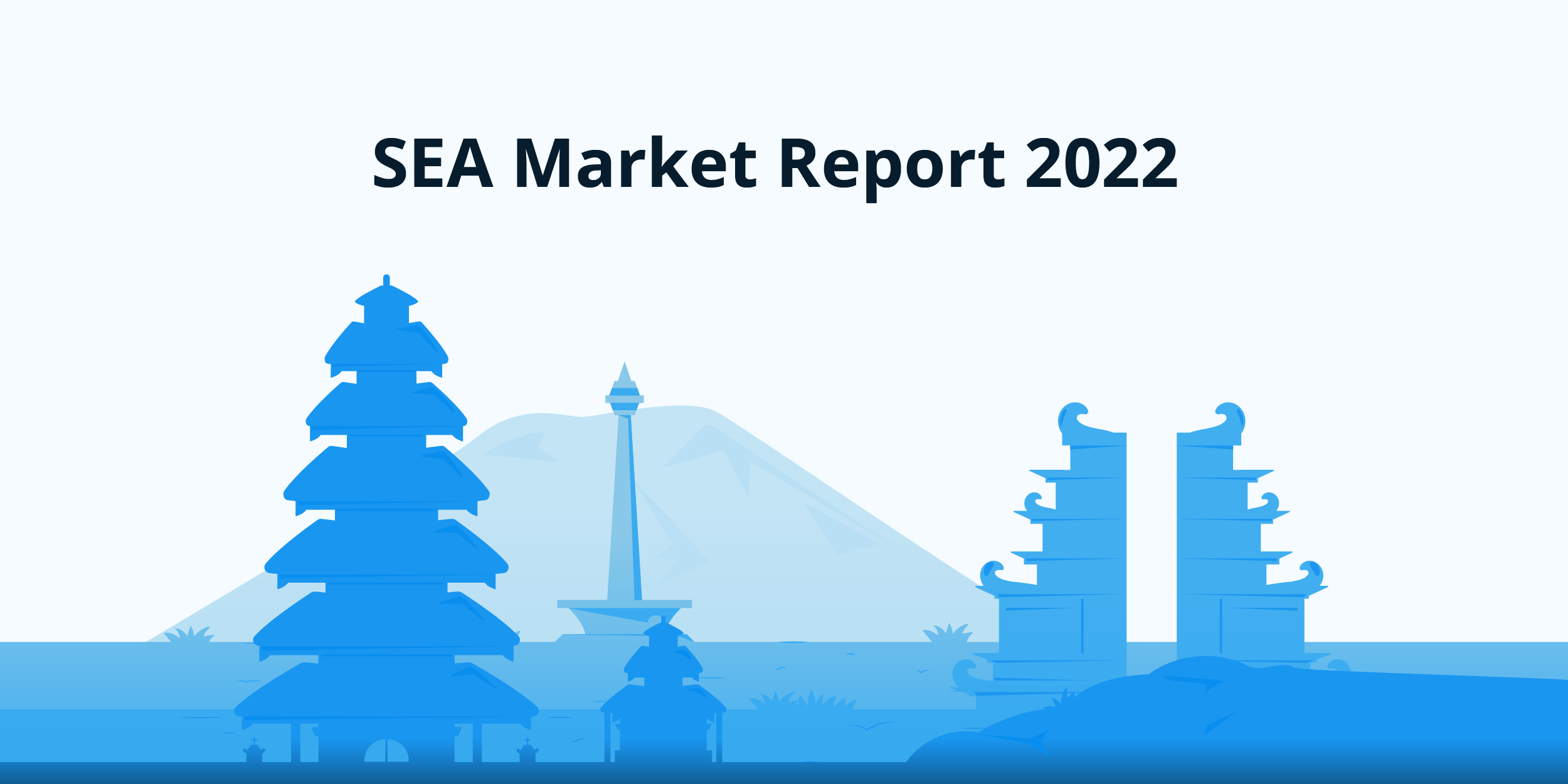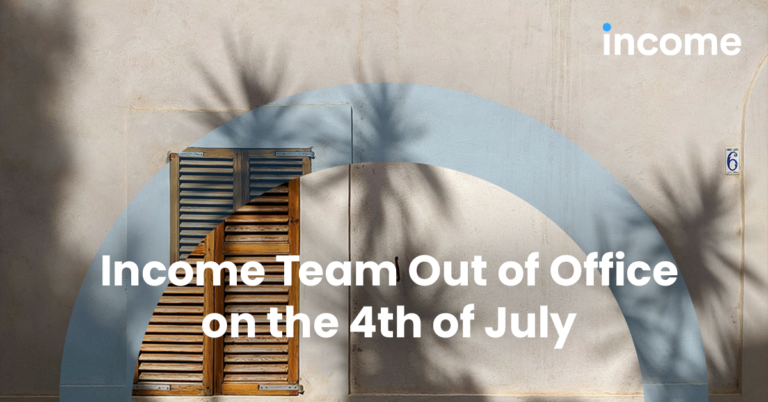South East Asian economy in the first half of 2022
In 2022, the performance of Southeast Asia’s economies has been mixed mainly because the South East Asian market consists of countries with very different development stages of financial ecosystems. The most developed countries (Indonesia, Malaysia, Singapore, and the Philippines) have shown better economic growth indications than the rest (Brunei, Burma (Myanmar), Cambodia, Timor-Leste, Laos, Thailand, and Vietnam)
The reopening of markets on easing COVID-19 restrictions, coupled with pent-up consumer demand, lifted private consumption and investment growth for most economies.
The reopening of borders facilitated a quick rebound in domestic and intra-regional tourism, increasing output in travel, accommodation, and hospitality services. For the first half of 2022, aggregate GDP growth for Southeast Asian economies with quarterly data was 5.3%. The growth was mainly supported by consumer spending, higher employment, income, and government cash transfers to vulnerable groups.
Inflation all over the region remains elevated at a weighted average of 4% in the first half of 2022. Inflation rose in nine economies, reflecting higher fuel and food prices. Among the varied reasons for rising prices are supply disruptions caused by the war in Ukraine, higher energy prices and the cost of credit, and lower agricultural production from lousy weather.
Fintechs of SEA
In SEA, underbanked and unbanked individuals comprise more than 70% of the population. In addition, informal workers make up most of the workforce and remain financially under-served. Despite the availability of alternative financial services for the unbanked and underbanked in SEA, fintech firms can still play an important role by introducing them to new, innovative financial solutions.
Financial technology (fintech) is booming in Southeast Asia (SEA). Fintech funding in the region more than tripled to a record USD 3.5 billion in the first nine months of 2021, compared to USD 1.1 billion in 2020.
The fastest-growing fintech categories are digital payments and digital lending. In 2021, the digital payments segment saw record funding of USD 1.9 billion, a 244% compound annual growth rate from USD 562 million in 2020. Digital lending also recorded a 78% compound annual growth rate of USD 314 million.
In 2022, while tech companies worldwide grapple with a funding winter, fintech companies in SEA are continuing to raise colossal capital.
The Indonesian economy
Since the SEA market is currently represented only by Indonesian Loan Originators on Income, we should specifically take a look at the Indonesian economy as well.
Indonesian economic growth in 2022 is expected to be high with the recovery strengthening, and fiscal and monetary support is being unwound. The real GDP grew by 5.2% (the fastest pace since the second half of 2013), fueled mainly by private consumption and higher employment and income. To illustrate, people living below the poverty line fell to 26.2 million (9.5% of the population) in February 2022 from 26.5 million (9.7%) in August 2021, and the unemployment rate fell to 5.8% from 6.5% in the same period. The higher employment rate and income can increase commodity prices on their own.
High commodity prices spurred inflation, which rose to 4.7% in August after averaging 3.1% in the first half. The fastest price increases were for food and transportation, as supply shocks hit petroleum, coal, wheat, cooking oil, and soybeans. To prop up purchasing power, the government used subsidies and price controls for fuel and electricity, temporary export bans for coal and palm oil, and temporary cash assistance totaling 15.7 trillion rupiahs over April–June for low-income households and low-paid workers. All in all, the higher commodity prices have also contributed to positive trade balances and an increase in tax income.
The Indonesian rupiah has fallen 9% against the U.S. dollar in 2022, buoyed by the Federal Reserve’s aggressive monetary tightening. It is also important to note that the rupiah’s fall against the USD has been one of the lowest in the region.
We are bullish about Indonesia’s economy and its future. The increase in commodity prices, government spending and intervention, and massively increasing consumer spending have set the country in the right direction for 2023. Indonesia recently hosted G20 in Bali, which exposed the underseen economy. Combined with a rapid change towards electric vehicles (Indonesia has ⅓ of the global Nickel supply), we are confident that the economy and the LOs will do well!
Indonesian Loan Originators on Income, Danabijak, and DanaRupiah, have released their financial results, which you can read in-depth here:
Danabijak financials update here
DanaRupiah financials update here




